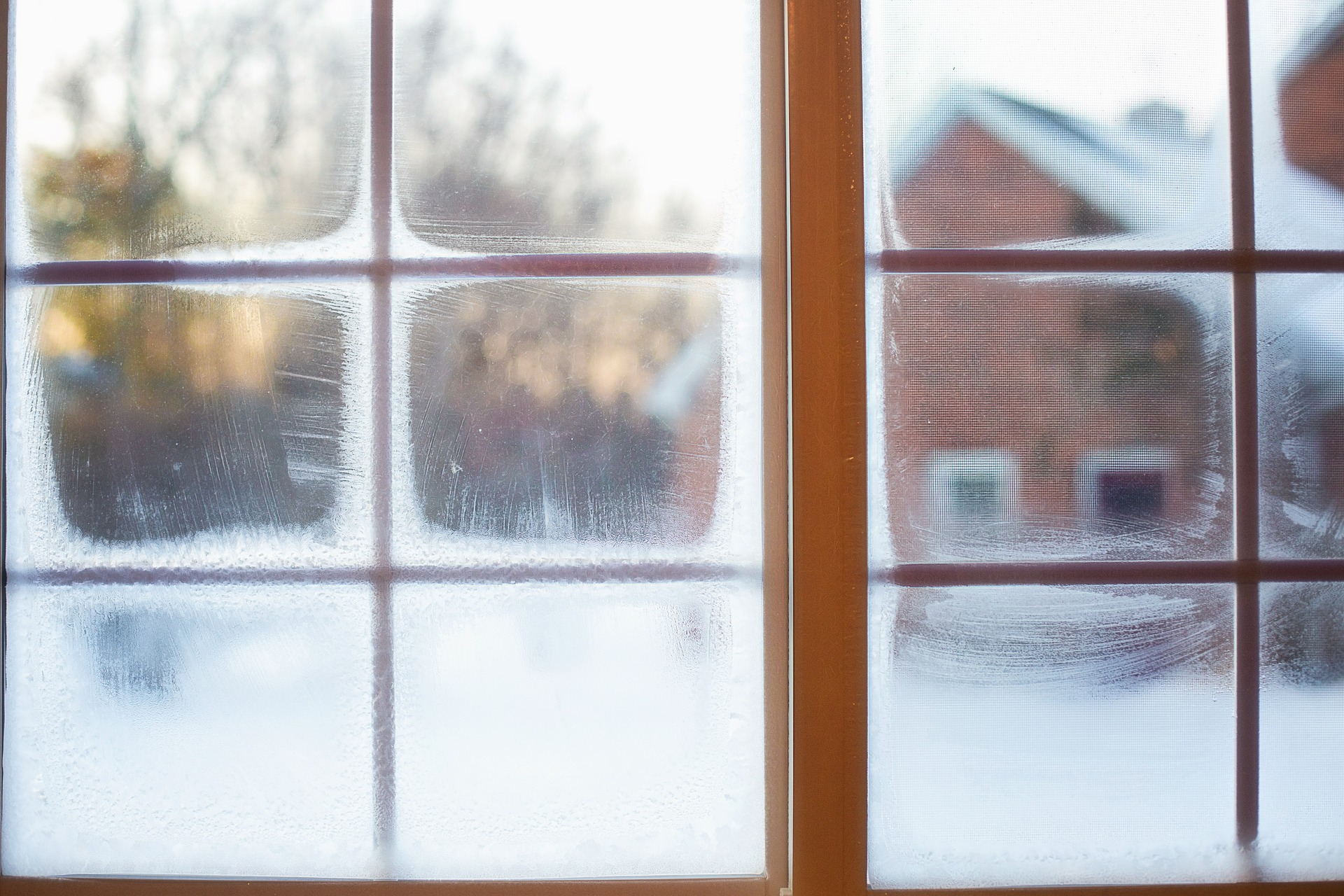Sustainability is a major trend in home landscaping nationwide. The greater Washington D.C. area of southern Maryland and northern Virginia is part of this trend to create landscapes that conserve natural resources and are as durable as they are attractive.
In a March 2017 article about the annual Philadelphia Flower Show, The Washington Post refers to this movement as "the contemporary zeitgeist of ecological landscape architecture." It involves landscaping with native plants and non-natives that thrive in local conditions without becoming invasive.
To help you follow the zeitgeist while adding zest to your home, here are three do-it-yourself sustainable landscaping projects that won't consume much time or money.
Accent the Entry: Grow a Reliable Stunner
Writing about Washington, D.C., growing conditions, Adrian Higgins describes planting a rosemary hedge in a long, shallow space. He wanted a plant deer likely wouldn't browse.
But Higgins' first hedge died. Then he replaced it and the second hedge died following second winter of temperatures swinging from mild to freezing.
Based on a friend's advice, Higgins switched to another mint-family plant that could tolerate unpredictability in the weather. Higgins noted that Mexican Bush Sage (Salvia leucantha) was a "perfect replacement." Placed near front entry doors, this southern standby form a long blooming welcome of purple and white flowers that attract hummingbirds as well as people.
Envision the Future: Plant a Tree
Although many trees grow slowly, planting one is a feel-good landscaping effort that expands the beauty of a yard over time. Depending on the longevity of the tree you grow, you may be giving a gift to future generations and owners of your home.
Online resources concerning Lower Mid-Atlantic native trees include a list from the Maryland Department of Natural Resources and another from Virginia's Fairfax County. Both include Red Maple (Acer Rubrum) and Sugar Maple (Acer saccharum) among their tall choices. Smaller trees recommended include Eastern Redbud (Cersis canadensis).
Reinvest Runoff: Create a Rain Garden
When it's time to clean up or replace gutters, keep roof runoff in mind as a valuable landscaping tool. Consider the addition of a rain garden watered, in part, by your home's downspouts.
Rain gardens are sustainable landscaping elements that capture rainwater. They support plantings well-suited to local climate and rainfall patterns that may swing from drought to plenty. Designing one may be as simple as directing a downspout to flow into a garden with (1) excellent soil drainage and (2) plants that are drought tolerant when flow is limited.
Investing in sustainable landscaping pays off. It creates curb appeal and is an important element in eco-friendly home improvement.











Comments